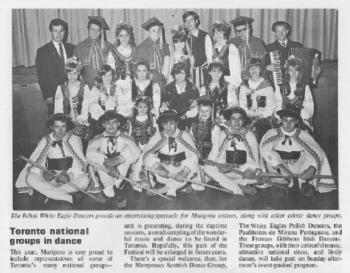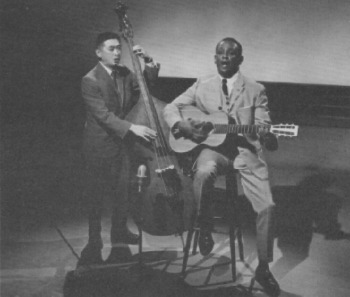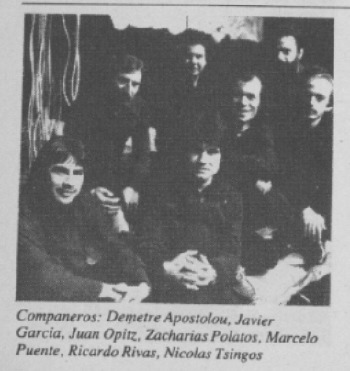Home
About
Introduction
Outline of the book
Links
CONTACT
OUTLINE OF THE BOOK
- What Is This Book About?
- Beginning in the Middle - Mariposa, 1961
- The Invention of Folk Music
- A Child Shall Lead Them
- Canadian Beginnings
- Gibbon and the Canadian Mosaic
- Red Is The Colour- The Other Mosaic –1900’s-30’s
- The Early Labour Song Tradition in Canada
- Red Front to Popular Front
- New Deal and No Deal
- Birth of a Nation
- Put Canada First!
- People’s Songs and People’s Music
- The Golden Age of Canadian Folk Song 1947- 1962- The
Beginning
- The Emergence of a Repertoire
- The First Tour- The UJPO Folksingers
- Foreign Affairs
- World Music in the Golden Age
- Founding Folkies
- From Bonavista to the Vancouver Island
- Sam Gesser and Folkways Canada
- Country and Folk
- The “Revival”- Folk as Pop
- Mariposa Revisited- The End of the Beginning
- The Boom - Early Canadian Folk Professionals and the
Marketplace
- The Songwriters
- East is East and West is West- Halifax, Ottawa, Toronto,
Winnipeg, Regina, Calgary, Edmonton, Vancouver & Smaller Towns and
Smaller Scenes
- Folk Rock
- The Real Boom- Folk in the 70’s
- The Festivals
- The Message in the Music- Political and Social Images
in Songwriting and Folk Music in Canada in the 60’s and 70’s
- Bigger Than Ever- the 80’s
- New World, New Music
- The Little Folk- Children and Folk Music
- Looking Forward – Looking Backward- Folk Music at the
End of the Century and the Beginning of the New Millennium
- What Does It Mean
|
| OUTLINE OF THE BOOK |
|
| 33. New World, New Music |
Probably the most important development in the 80’s was the emergence
of world music as a force in folk music. Locked up for years as ethnic
music and given token status at best on the folk scene, the 80’s saw the
beginning of a real presence for artists and music that did not come from
the Anglo-Saxon, Celtic or French tradition. Not only was there more appreciation
for artists who presented the music of their country of origin, there
was more and more music that was created by the fusing of traditions,
and the evolution of styles that were entirely new. Toronto’s Companeros gave a hint of the possibilities with their fusion of Greek and Chilean
music. Groups like African Heritage and Kartari Taiko in Vancouver, Finjan, a Winnipeg Klezmer band, and others opened the door for
the world music boom of the nineties and beyond. Folklorists and ethnomusicologists
began to create performing ensembles drawn from various ethno-cultural
communities and take the music onto the stages of festivals and clubs. |
 Photo of the Polish White Eagle Dancers and text describing the involvement of Toronto-based ethnic groups in the Mariposa Festival, as printed in the Mariposa Festival Program 1968, page 21 Photo of the Polish White Eagle Dancers and text describing the involvement of Toronto-based ethnic groups in the Mariposa Festival, as printed in the Mariposa Festival Program 1968, page 21 |
 Photo of Harry Aoki (left) and Jim Johnson (right) as printed on the back of their self-titled album in the Radio Canada International series, Transcription Photo of Harry Aoki (left) and Jim Johnson (right) as printed on the back of their self-titled album in the Radio Canada International series, Transcription |
 Photo of Companeros (Demetre Apostolou, Javier Garcia, Juan Opitz, Zacharias Polatos, Marcelo Puente, Ricardo Rivas, Nicolas Tsingos), as printed in the Vancouver Folk Music Festival Program, 1981, page 32 Photo of Companeros (Demetre Apostolou, Javier Garcia, Juan Opitz, Zacharias Polatos, Marcelo Puente, Ricardo Rivas, Nicolas Tsingos), as printed in the Vancouver Folk Music Festival Program, 1981, page 32 |
|